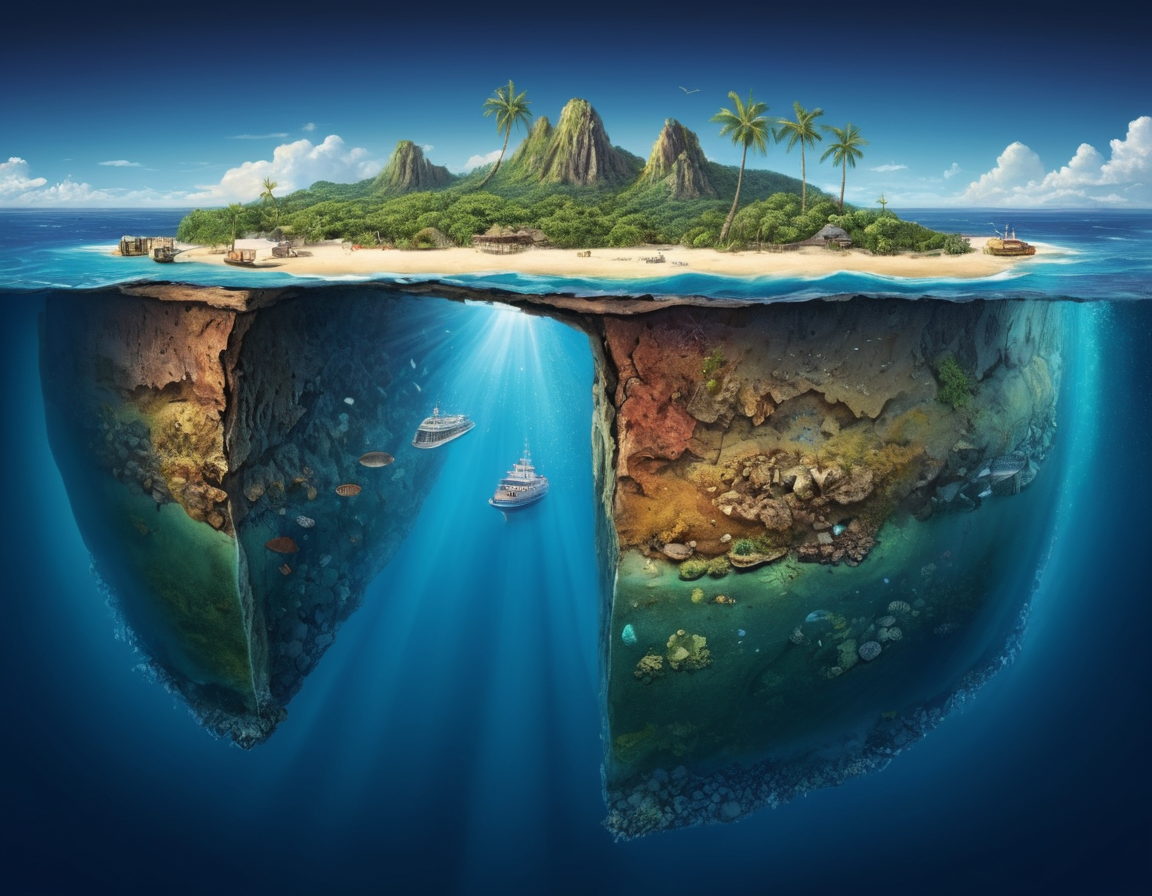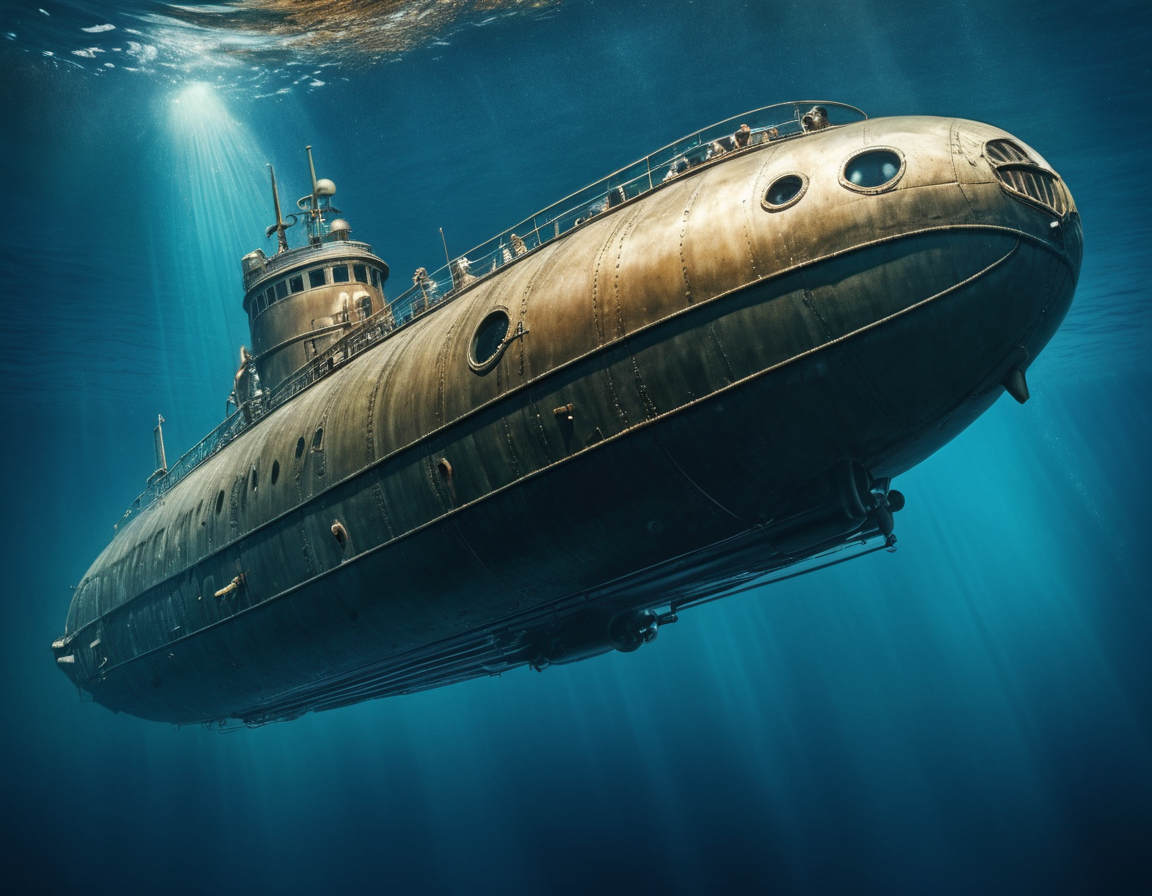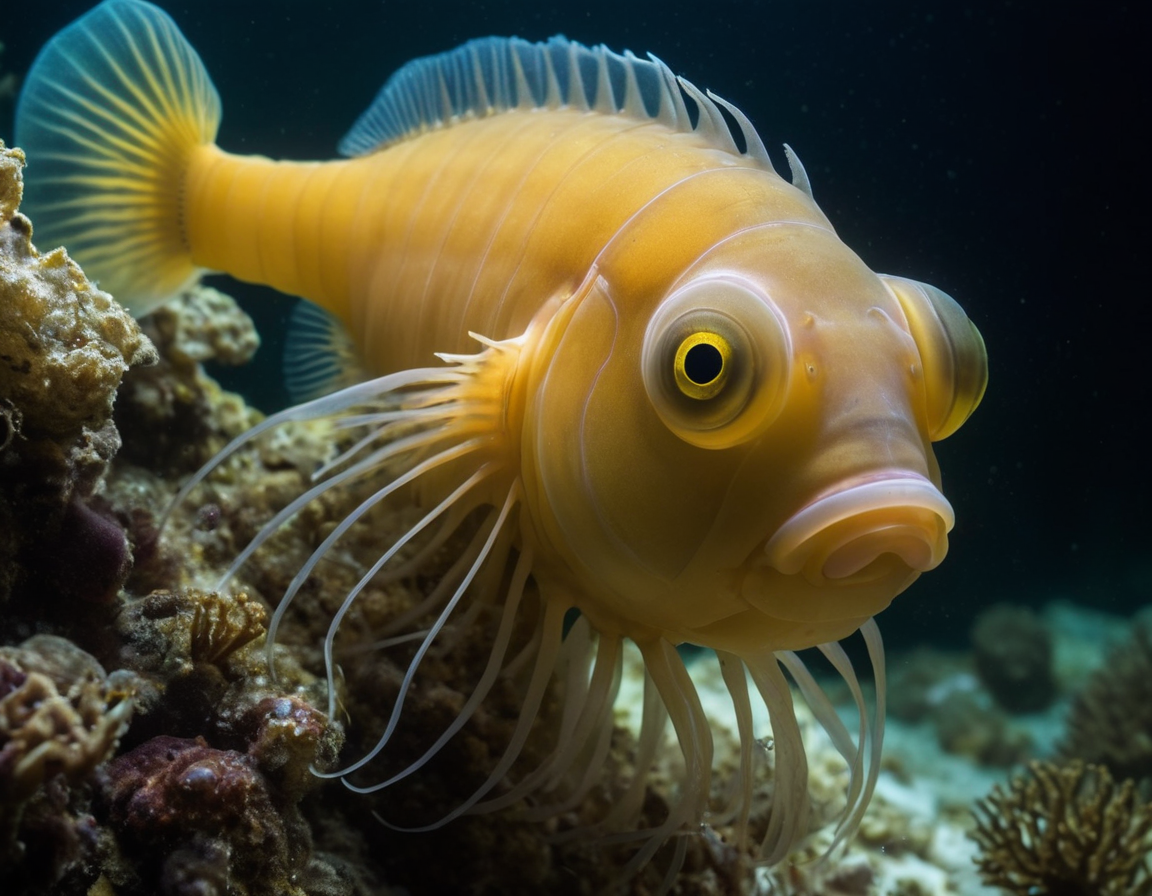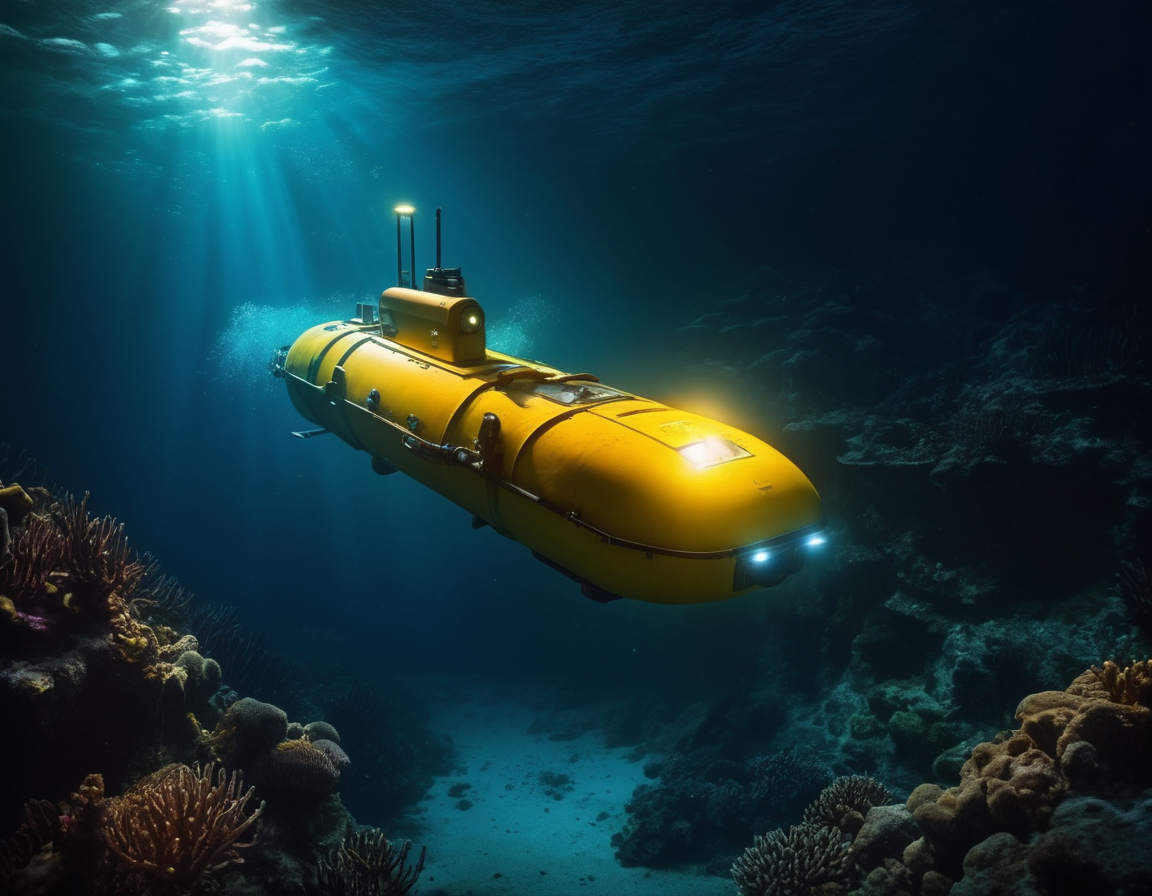Exploring the Depths of the Mariana Trench: Earth’s Final Frontier
Unveiling the Mysteries of the Mariana Trench
The Mariana Trench is a topic that encapsulates the perfect blend of mystery, science, and adventure, making it an ideal subject for our inquisitive readers. Located in the western Pacific Ocean, the Mariana Trench is not only the deepest part of the world’s oceans but also one of the least explored areas on our planet. In this article, we will embark on a virtual expedition to discover the secrets of this fascinating subaquatic canyon.
Understanding the Mariana Trench
The Mariana Trench stretches approximately 2,550 kilometers (1,580 miles) long, with a maximum depth of about 11,034 meters (36,201 feet) at a point known as the Challenger Deep. It is named after the nearby Mariana Islands. This crescent-shaped trench is the result of the oceanic crust of the Pacific Plate being forced underneath the Mariana Plate, a process known as subduction, which is also responsible for the trench’s extraordinary depths.

In the world of marine science, the Mariana Trench serves as a natural laboratory for studying the extremes of pressure, temperature, and darkness. The conditions here are so harsh that it was once thought to be devoid of life. However, recent explorations have revealed a surprising array of creatures that can withstand the trench’s crushing pressures, which can be over a thousand times the atmospheric pressure at sea level.
Historic Expeditions to the Mariana Trench
The first recorded journey to the Mariana Trench was made by the Trieste, a Swiss-designed, Italian-built deep-diving research bathyscaphe, which reached the bottom of the Challenger Deep in 1960. This incredible feat was accomplished by oceanographer Jacques Piccard and U.S. Navy Lieutenant Don Walsh, who ventured into the unknown to bring back data and insights about the deep-sea environment.

Since then, several missions have followed in the Trieste’s wake, with technology playing a pivotal role in exploring deeper and staying submerged longer. Perhaps the most famous of these was the Deepsea Challenger mission in 2012, piloted by filmmaker James Cameron. Cameron’s solo dive was not only significant for its depth but also for the extensive scientific research and high-definition footage that resulted from it.
Mariana Trench: A Biodiversity Hotspot?
Life in the Mariana Trench is as peculiar as it is resilient. Despite the absence of sunlight and the near-freezing temperatures, various organisms thrive. Unique species such as the amphipods, sea cucumbers, and snailfish have adapted to the unforgiving environment. These creatures are of particular interest to biologists and geneticists because of their extremophile nature — their ability to survive in conditions that would be lethal to most other forms of life. The trench is also home to enormous single-celled organisms known as xenophyophores, which are among the largest cells in existence.

Yet, to consider the Mariana Trench solely as a biological curiosity would ignore its broader significance to Earth sciences. It plays a crucial role in geochemical processes and could hold keys to understanding seismic activities and even climate change by sequestering carbon in the form of marine life falling into its depths.
The Future of Exploration
The continued exploration of the Mariana Trench is essential, not only for the advancement of science but also for protecting this unique ecosystem. Innovative technologies such as autonomous underwater vehicles (AUVs) and remotely operated vehicles (ROVs) are providing new opportunities for research while lessening the human impact on this sensitive habitat.
Exploring the depths of the Mariana Trench is a reminder of our planet’s vastness and the enduring quest for knowledge. It marries the allure of exploration with the responsibility of stewardship, urging us to look deeper and preserve the mysteries that lie beneath the waves for future generations.

If you have been captivated by the wonders of the Mariana Trench and would like to learn more, or if you’re an aspiring oceanographer with a passion for the deep sea, we invite you to dive deeper into the topic and join the conversation. Share your thoughts and questions in the comments below, and let’s continue the journey together.
Are you ready to explore further? Navigate our collection of articles and immerse yourself in the ocean’s hidden realms!






